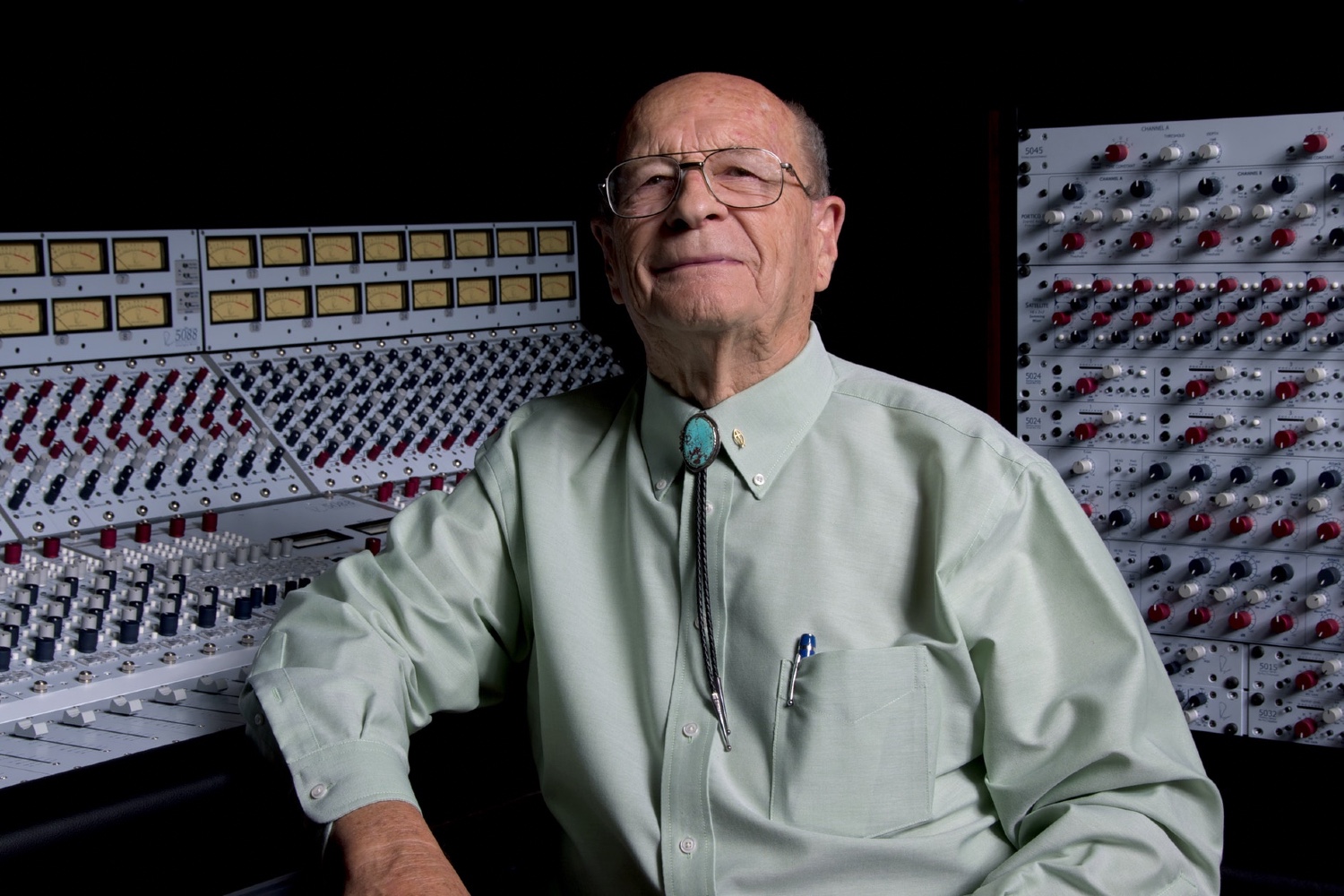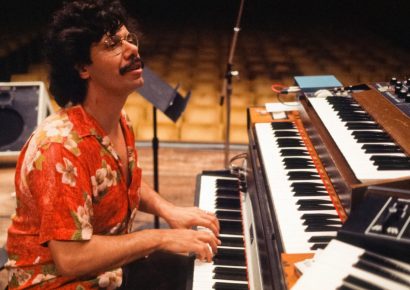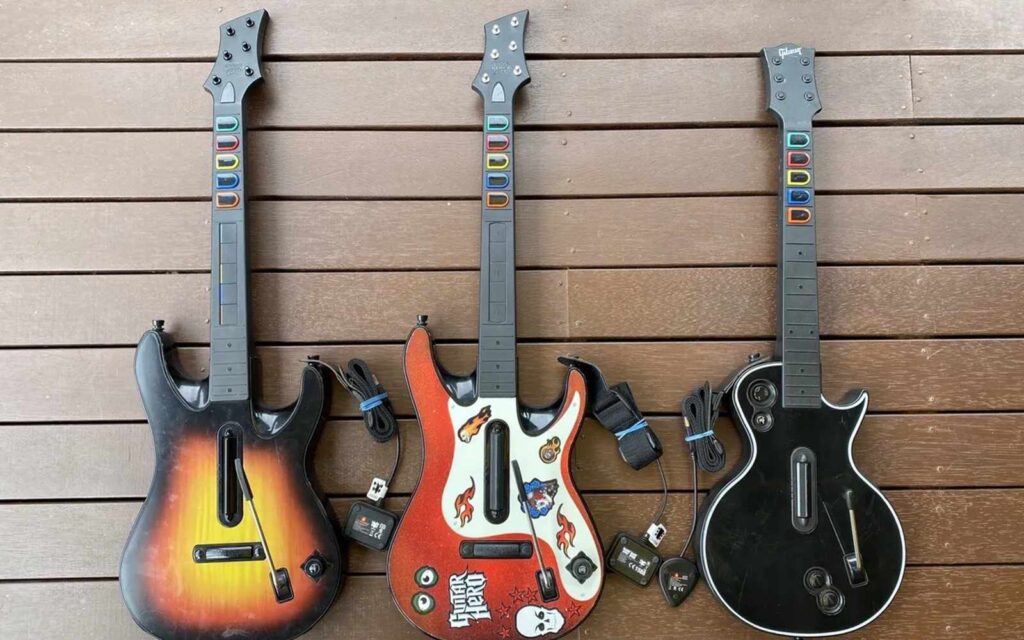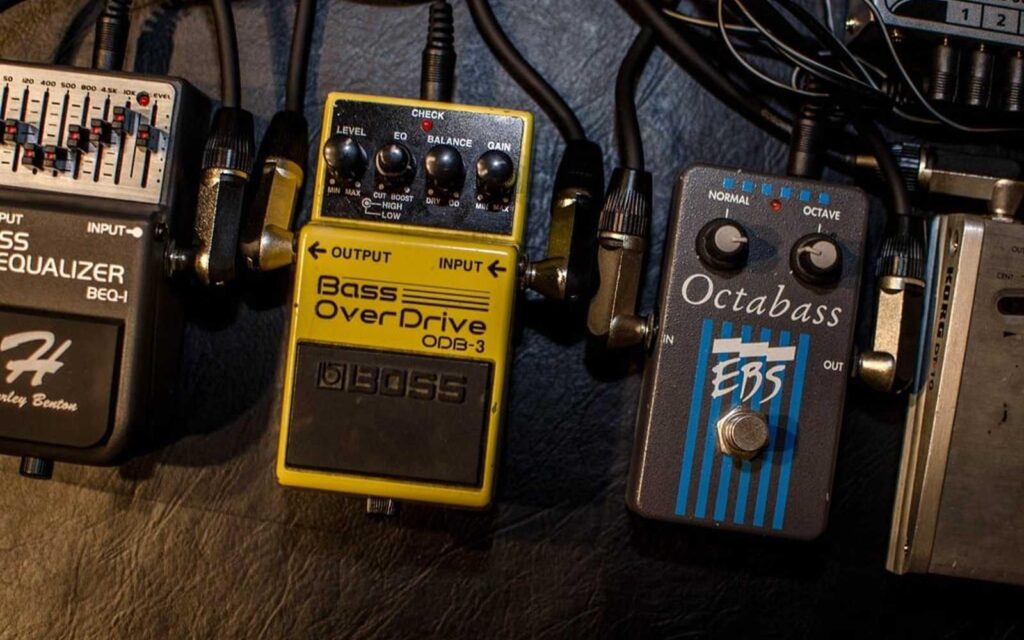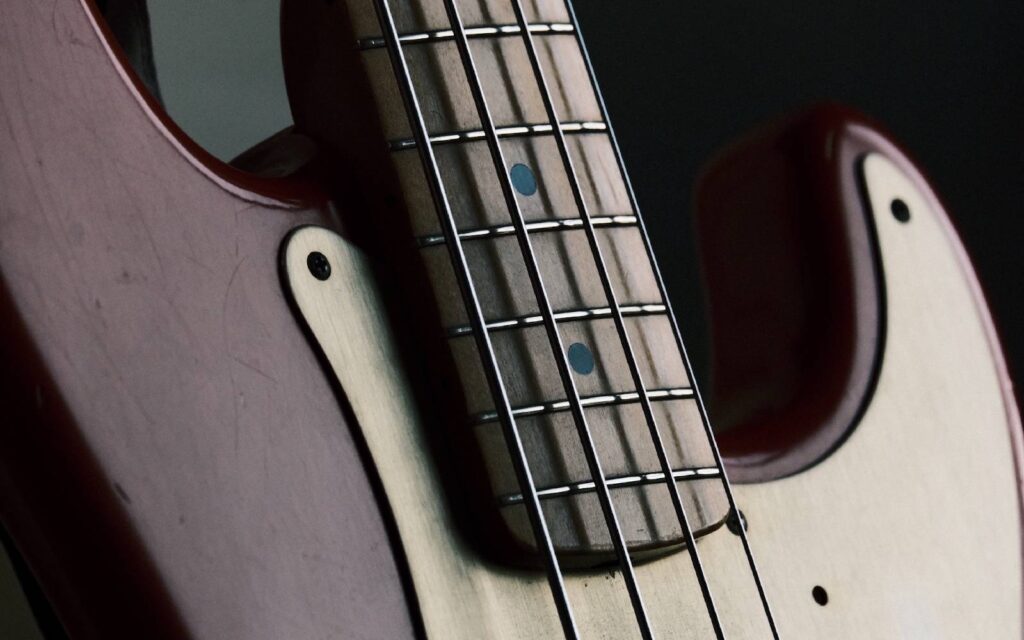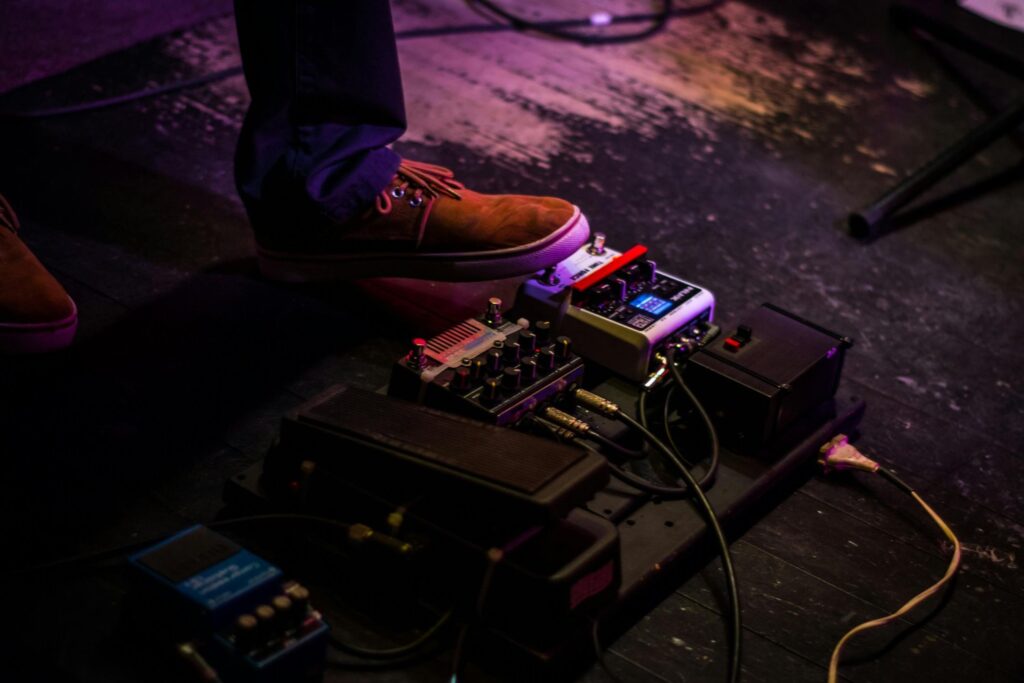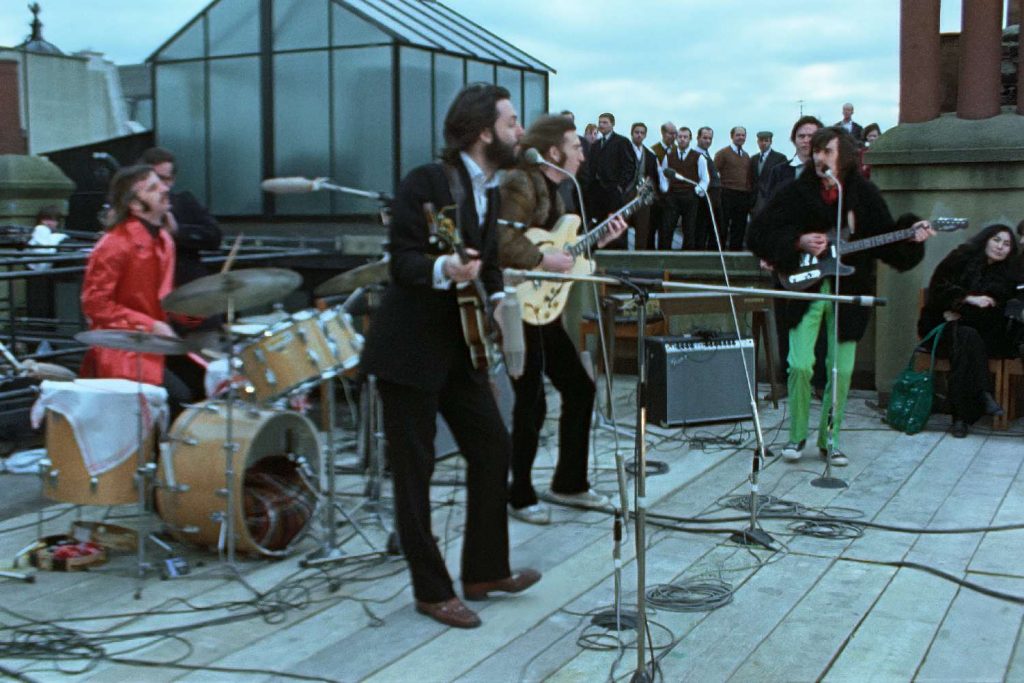We pay tribute to one of the most brilliant minds in music history.
For decades, the Neve name has been synonymous with high-end audio equipment. Beloved by audio engineers and producers the world over, Neve was made a household name through the custom console installed in Sound City studios and featured prominently in Dave Grohl’s Sound City documentary. That console in particular has set a standard for not only the quality of audio signal, but it also inspired an attitude in the way we create music, or encourage magical performances in the studio.
Rupert himself – the genius electrical engineer behind some of the most used and sought after recording equipment in the history of sound recording – was an advocate for a lifelong passion to consistently push boundaries and work toward greatness. And while many of us will know his name and cherish what he created and consequently left behind, some might ask: what is it exactly that makes Neve so special?
Rupert Neve was born in England in 1926, and while living with his father in Argentina began designing audio equipment as a teenager. By his mid-20s, after having volunteered in the Royal Navy, Rupert worked for a company called Rediffusion who distributed wired TV and radio signal, but left them to form CQ Audio, where he focused on manufacturing hi-fi speakers and speaker systems.
Neve Electronics was formed in 1961, and Rupert Neve shifted his working knowledge of the entire audio signal chain into building recording consoles and their components. Beyond Neve Electronics, Rupert Neve designed circuits for Focusrite and Amek, and his name and designs have been used for collaborations with sE Electronics as well as AMS Neve (AMS bought the Neve Electronics company from Rupert in 1985 and continue to trade and produce products) and more recently, Rupert Neve Designs (RND).
Rupert Neve’s experience in having worked with audio his entire life, as well as building equipment for every part of the signal chain, including speakers, gave him an unparalleled understanding as both a user, producer and inventor of audio equipment.
He understood the limitations and requirements of each component so he could retain optimal audio signal the entire way through. Hell – they even sound good when they distort! It’s this wealth of understanding that Rupert Neve injected into his equipment that makes it difficult to find a studio today without some of that Neve ‘sound’ in their racks.
The sound of Neve is more complicated than simply the gear, circuits, designs and components themselves. If we take a step back and analyse the signal flow of Neve’s famous consoles, we quickly realise that investment in a few of those iconic blue preamps isn’t quite enough. A recording console starts with a preamp and maybe some EQ. Think of this as the first gain stage, followed by tape sends, tape returns, faders to balance what you’re recording and finally a master section.
Early Neve equipment used Jensen transformers (as found in the ‘J’ series Radial Engineering equipment) at every stage of this process. While one standalone Neve preamp that you can buy today will offer crystal clear audio, nice clipping and a transformer to give you all those rich harmonics, a Neve console will need a transformer at every one of its gain stages. By the time you’re printing your mixes to tape, each channel has run through five or six of these transformers, before the entire track is run again through the master section to sum it all together.
What’s more, with a large format recording console, controlling the cross-talk between channels can be problematic, and in his words in Sound City, controlling the cross-talk as well as retaining clarity and control over the output and interaction of those famous transformers, “you get a very sweet sound”.
It’s this sweet sound (and here, ‘sweet’ refers to just about every cliche audio description you can think of; ‘big’, ‘warm’, ‘wide open’, ‘punchy’ etc.) that has made Neve the brand of choice for producers, musicians and engineers since Rupert Neve came to market in the ’60s.
This original Neve equipment is highly valuable, sought after and while even the modern reproductions are hailed as Holy Grail kinds of pieces, the original stuff is even more so than the recent AMS Neve or RND products. AMS Neve continues to produce famous 1073 preamps, as well as EQ modules and compressors in both standard rack-sized and 500-series units.
AMS also produced digitally controlled analogue consoles such as the Genesys. RND produces more modern and transparent (ugh, another audio description cliche) products with the same Neve name and vibe, but also include functions to push them into more harmonically rich and distorted Neve territory.
Additionally, Rupert Neve assisted Focusrite in designing their ISA circuits, some of which ended up in the famous Focusrite consoles as well as being produced today in their growing range of ISA preamp products. Rupert Neve’s 1073 preamplifier circuit is one of the most emulated and cloned products in both the digital plugin and analogue market, with the overcast shade of blue and deep red pots as synonymous with audio as the man himself.
Rupert Neve will leave behind a legacy that we may never fully understand. Having sold Neve in 1985, his name has remained associated with high-end pro audio and our favourite records alike for over 60 years, both within his own brands as well as the wider community. Neve products are somehow simultaneously a status symbol as well as worth every dollar you may have to spend to get the good stuff.
His passion and understanding for the audio signal chain, as well as his humble manner and consistent passion for perfection is inspiring for not only engineers and producers, but for music in general, having had a hand in more music than any one other person on Earth may have.
If the iconic bands of the ’70s, ’80s, ’90s and beyond helped to shape music as we know it today, then it’s only right to admit that it was Rupert Neve who shaped the sounds that made them. Neve was an unparalleled genius, and a man with a lifetime of work that music listeners all around the world, whether conscious of it or not, will be eternally indebted to.
View this post on Instagram
Lewis Noke Edwards is a Naarm/Melbourne based songwriter, producer and recording engineer. You can hear more of his work at lewcifer.com, or on Instagram @sweetlewcifer.
Read more about Rupert Neve’s legacy here.
